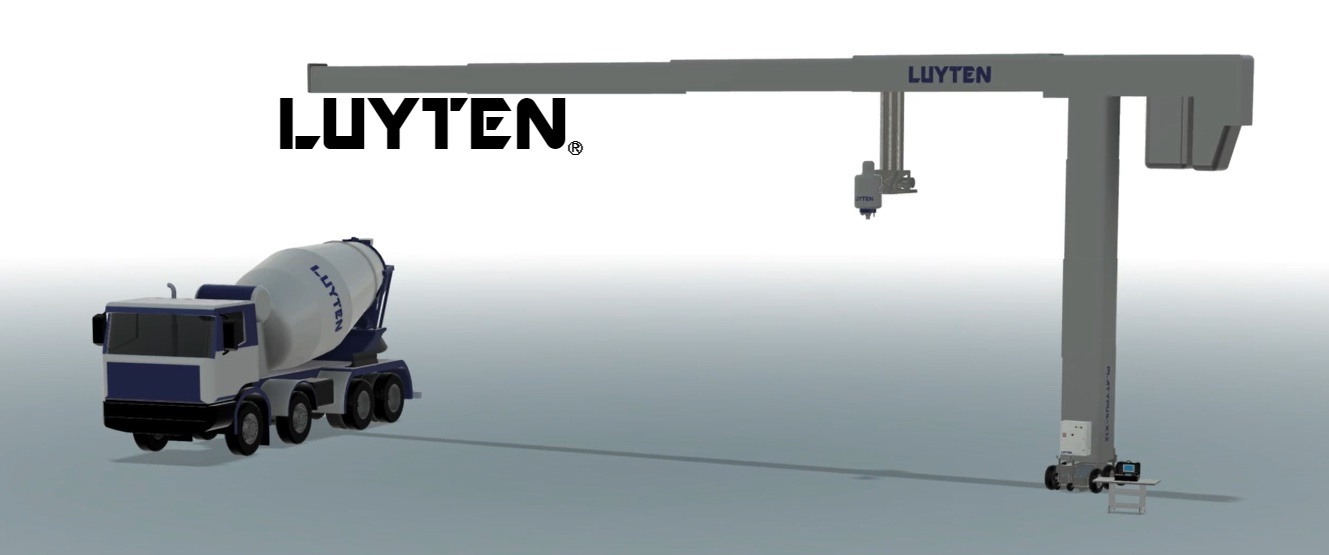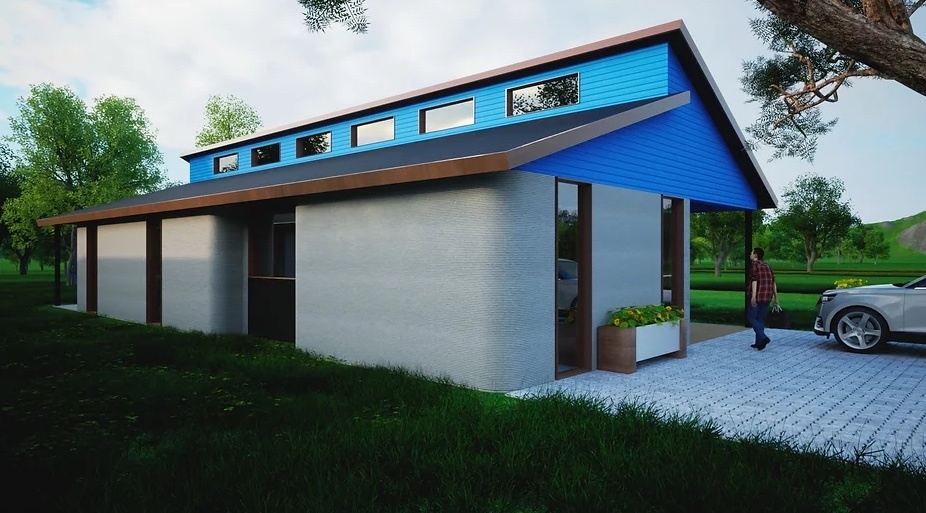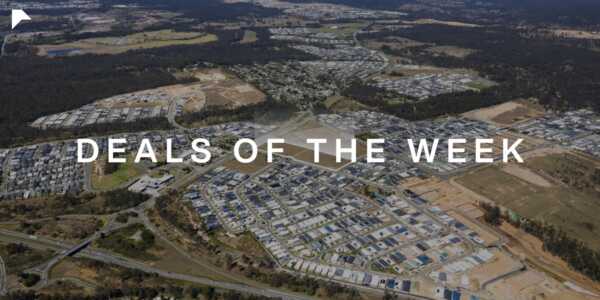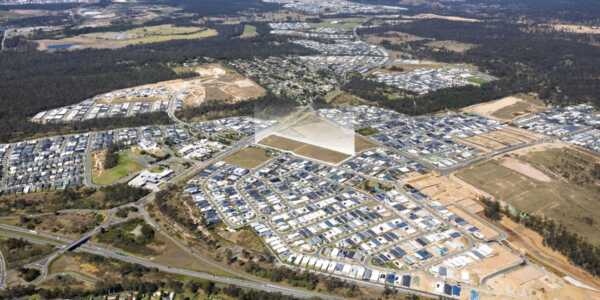It may be hard to imagine 3D printers displacing traditional construction methods. However, with the benefits they offer, time and money being two of them, they appear to be doing so with emerging success.
3D printing reduces up to 60% of construction waste, 70% of production time and up to 80 percent of labour costs when compared to hands-on construction projects, and it is companies such as world-leading, 3D printing, building and construction company, Luyten who are making this possible.
Aptly titled the Platypus X12, Luyten have this month launched the world’s largest mobile 3D smart AI-powered concrete printer for the construction industry. It is the first of its kind in the southern hemisphere and the largest worldwide and is already being hailed a global success as construction firms across the world place orders to accelerate their build schedules and revolutionise delivery capabilities.
CEO and co-founder, Ahmed Mahil commented, “The Luyten Platypus X12 is built with high mobility and accuracy in mind and is big enough to build large scale structures in one go. It is the most sophisticated mobile 3D concrete printer in the world. In designing the printer, we focused on cutting edge tech and useability to ensure the printer delivered the most elaborate and precise results possible while also providing the most user-friendly experience possible”
The Platypus X12 is flexible in scale and can transform in size to a 12m wide x 6 m high mobile crane in 20 minutes, expanding its capability to print large scale structures. Due to its robotic nature, it only takes a few minutes to unfold to its complete size and is also very light, yet robust and mobile. The printer is unmatched internationally and incorporates acoustic and optical based artificial intelligence for data driven concrete printing. It also has a patented anti-clogging printer head, which means that it can produce state-of-the-art results time after time.
Luyten built the first ever 3D printed house in the southern hemisphere in Melbourne, Victoria in 2021 and according to Mahil, around 30-50 percent of housing in Australia’s outback, regional and remote areas especially, will be built using 3D printing technology by the year 2030.
The Melbournian house, called the ‘Heptapod’, is AS/NSZ 1170 compliant and was built using Luyten’s highly robust and eco-friendly Ultimatecrete, a 3D printable concrete which results in 82.5 MPa compressive strength after 28 days, four times stronger than the 20 MPa residential building code requires.
“The Heptapod elements were printed in two days and assembled on day three. Printed elements were ready to handle and be moved within only five hours of being printed. This is the great thing about our special concrete mix, it cures quickly and delivers results that supersede what is currently available at four times less cost. In fact, the build cost was 70 percent less in comparison to traditional methods,” Mahil said.
Since launching in 2020, Luyten has signed an MOU with the University of NSW to develop 3D printing capabilities for structures and base camps on the moon and other planets.
In August 2022 Luyten also printed the ‘Warle Akweke’, the first 3D printed indigenous housing project in the world. It was the first 3D printed house in situ using the largest 3D concrete printer in the southern hemisphere in an uncontrolled environment (outdoors conditions).
“The project was undertaken in the Northern Territory and involved the build of a number of houses. Australia’s red centre consists of some of the harshest weather on the globe where temperatures often range from -5 degrees Celsius in winter and close to 50 degrees in summer with little shade. The land is extremely arid and not ideal for conventional housing so not only is it difficult to get traditional construction materials out there, but the cost is also prohibitive.
Our technology and proprietary Utimatecrete is ideal for building houses in these types of challenging conditions. 3D printing for building and construction involves minimal disruption to the build site which is ideal for sustainability.”

Platypus X12: the world's largest mobile 3D smart AI-powered concrete printer for the construction industry
3D printing dates back to the mid 1980’s when stereolithography was conceived, a process traditionally used for prototyping whereby a computer-controlled moving laser beam was used to build a structure layer by layer, from a liquid polymer that hardens on contact with a laser light. Advances to this technology has now enabled change to its scale and application, presenting an opportunity for the construction industry to greatly mitigate time, cost and the harmful effects of construction on our planet. In the current climate, these benefits are particularly notable when labour shortage, supply chains, material costs and environmental impact are all major project variables.
“Countries across the world are already mandating 3D printing targets for the building and construction industry,” Mahil stated.
Malawi in South Africa has committed to 3D printing and has reduced construction waste almost tenfold and reduced CO2 emissions by up to 70 percent. It has also reduced transportation emissions when building in remote areas by as much as two tons per home demonstrating its capacity to solve their rural housing shortage.
In 2016 the United Arab Emirates became the first country in the world to promote 3D printing in its construction industry, setting a 25 percent target by 2030.
And while Australia has not yet put targets in place, 3D printing of homes and other buildings is already well underway.
“We are moving quickly to foster a robust and cutting-edge 3D printing industry that will help to solve the housing affordability crisis and also assist our nation to build housing and other structures in remote areas that are impervious to challenging environmental conditions,” Mahil stated.
Luyten’s mission is clear: to make construction easier and more sustainable by reducing the time and cost to build, the amount of waste generated, and the impact of building activities on the surrounding environment. It is a mission that is shared by many however until recently, only made possible in the construction industry by companies such as Luyten who are committed to providing the advanced technology and machinery to help this mission materialise.









